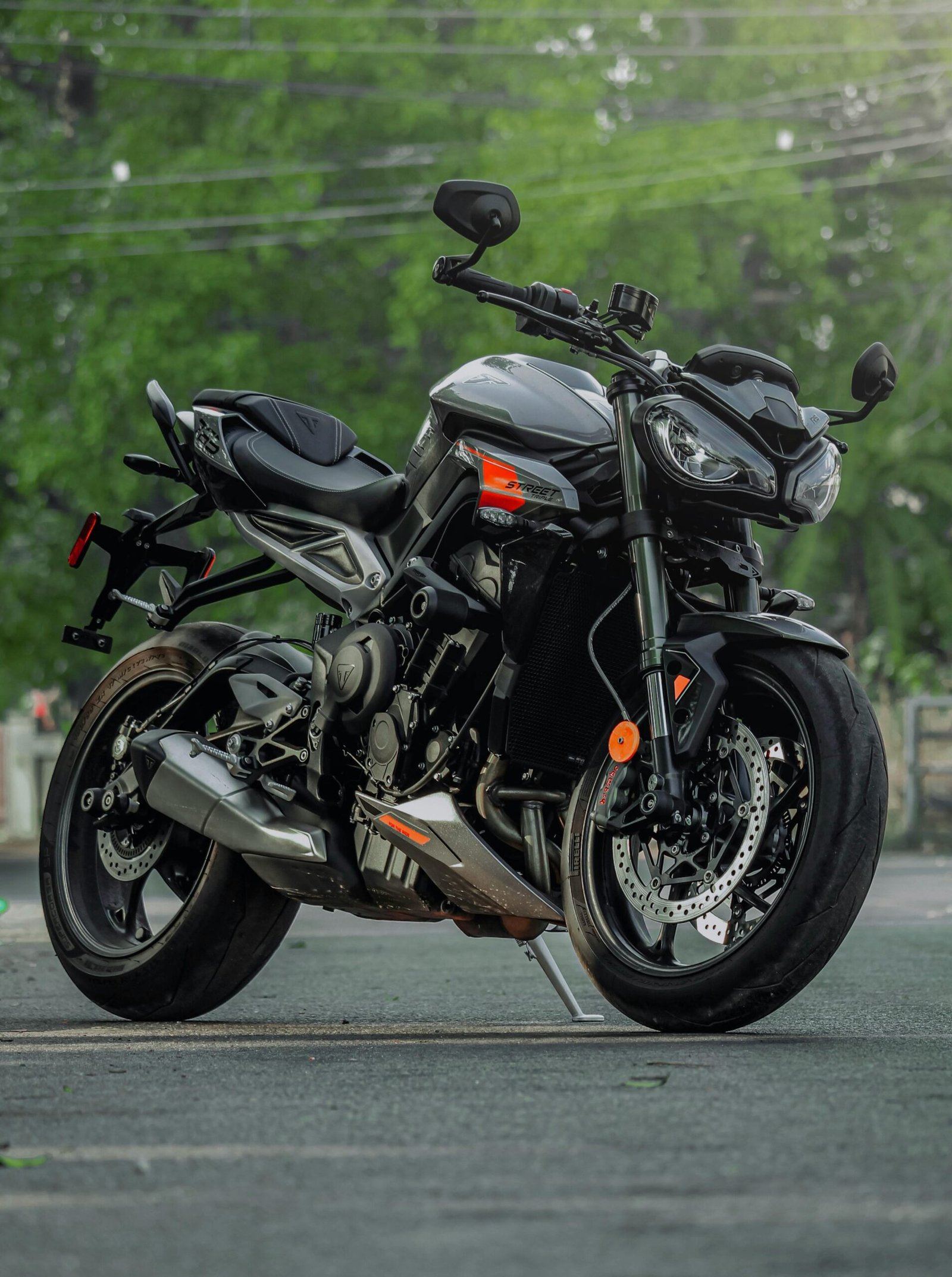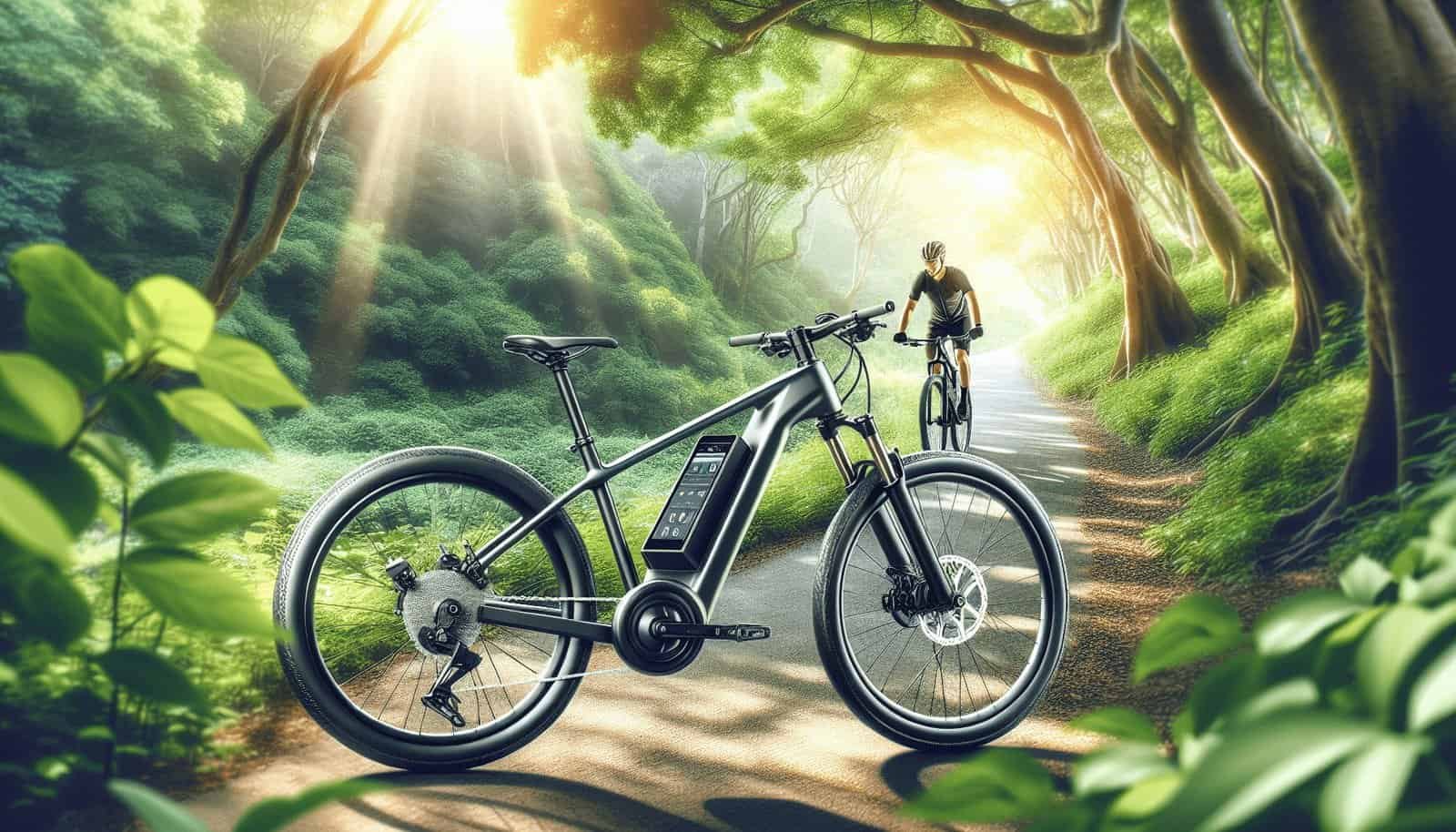Exploring the benefits of electric bikes for fitness training and weight loss, you’ll quickly discover that they offer an incredible blend of convenience, fun, and effective exercise. Not only do electric bikes provide a thrilling ride, but they also enable you to control the intensity of your workouts. By adjusting the level of electric assistance, you can maintain a steady pace or challenge yourself with more vigorous cycling sessions. This flexibility makes it easy to adapt your fitness regimen to suit your current level of fitness and weight loss goals. Whether you’re a seasoned cyclist or just getting started, an electric bike can be a valuable tool on your journey to a healthier lifestyle.
Can I Use An Electric Bike For Fitness Training And Weight Loss?
Have you ever wondered if an electric bike could be your ticket to getting fit and shedding some pounds? If you’ve been on the lookout for a fun, low-impact way to integrate more exercise into your life, an electric bike (or e-bike) might just be the perfect choice. But how effective are they when it comes to fitness training and weight loss? Let’s dive into the details and find out.

Understanding Electric Bikes
What is an Electric Bike?
An electric bike is essentially a regular bicycle that has been equipped with a motor and a battery. This motor can assist you while pedaling, making it easier to tackle climbs and long rides without exhausting yourself.
How Do They Work?
Electric bikes have different assistance levels, which means you can customize how much help you get from the motor. Typically, they operate in three modes:
- Pedal-Assist: The motor provides assistance as you pedal.
- Throttle: The motor propels the bike forward without pedaling.
- Off: No motor assistance, just like a regular bike.
Benefits of Using an Electric Bike for Fitness
Accessibility for All Fitness Levels
Electric bikes make cycling accessible to a wide range of fitness levels. Whether you’re just starting on your fitness journey or you’re a seasoned cyclist, an e-bike allows you to adjust the intensity of your rides.
Low-Impact Exercise
Cycling is a low-impact exercise, meaning it’s gentler on your joints compared to activities like running. This makes it a great option for those with joint issues or those looking to ease into regular physical activity.
Better Mental Health
Regular physical activity, like cycling, is known to boost mental well-being by releasing endorphins and improving mood. The enjoyment you get from riding an e-bike can make staying active more enjoyable and sustainable.
Can You Really Lose Weight with an Electric Bike?
Calorie Burning
Yes, you can definitely burn calories using an electric bike. The number of calories burned will vary depending on factors such as your weight, effort level, and the terrain you’re riding on. Here’s a rough estimate of calories burned at different effort levels:
| Effort Level | Calories Burned (per hour) |
|---|---|
| Low | 200-300 |
| Moderate | 300-500 |
| High | 500-800 |
Longer Rides
The motor assistance allows you to ride longer distances without getting fatigued as quickly. This means you can potentially ride for more extended periods, increasing your overall calorie burn.
Sustainable Exercise
One of the challenges of weight loss is maintaining a consistent exercise routine. E-bikes make it easier to stay active regularly because the rides can be adjusted to your energy and motivation levels. On days when you’re less motivated, you can rely more on the motor, and on days when you’re full of energy, you can reduce the assistance and pedal harder.
Electric Bike vs Regular Bike: A Comparison
Effort and Intensity
One might think that using an electric bike means you won’t get as good a workout as with a regular bike. However, this is not necessarily true. The level of effort and intensity during your ride can be controlled depending on how much you want to rely on the motor. Here’s a quick comparison:
| Feature | Electric Bike | Regular Bike |
|---|---|---|
| Motor Assistance | Yes | No |
| Effort Control | Adjustable | Pedaling Only |
| Flexibility | High | Moderate |
| Accessibility | All Fitness Levels | Fitness-Dependent |
Adaptability for Different Goals
Both types of bikes have their own sets of advantages. For instance, if your primary goal is to get high-intensity cardio workouts, a regular bike might push you harder. On the other hand, if you want a versatile, adaptable workout that caters to varying energy levels, an electric bike could be the better choice.

Integrating E-Biking into Your Fitness Routine
Setting Goals
Think about what you want to achieve with your e-bike. Are you looking to lose weight, improve cardiovascular health, or just increase your daily activity? Having clear goals can help you tailor your e-bike rides to suit your needs.
Start Small and Build Up
If you’re new to cycling or haven’t been active for a while, start with shorter, less intense rides. Gradually increase the duration and intensity as your fitness improves. This gradual approach helps to prevent burn-out and injuries.
Mix It Up
Variety is key to keeping things interesting and challenging for your body. Try changing your routes, incorporating hills, or even joining group rides. Differing the terrain and conditions will keep your workouts fresh and exciting.
Monitor Progress
Keep track of your rides, noting distances, times, and effort levels. This information will help you see your progress over time and keep you motivated. Many e-bikes come with built-in displays or compatible apps that make tracking your rides simple.
Nutrition and E-Bike Fitness
Balanced Diet
Any effective fitness routine goes hand-in-hand with a balanced diet. Make sure you’re fueling your body with the right nutrients. Focus on whole foods, such as fruits, vegetables, lean proteins, and whole grains.
Hydration is Key
Staying hydrated is crucial, especially during and after your rides. Dehydration can lead to reduced performance and can impact the effectiveness of your workouts.
Post-Ride Nutrition
After a ride, it’s important to replenish your body. Quick-digesting protein and carbohydrates can help with muscle recovery and energy restoration. Think of a protein shake or a balanced meal within an hour after your ride.

Safety Tips
Gear Up
Ensure you’re equipped with the necessary safety gear, including a helmet, reflective clothing, lights, and possibly knee and elbow pads. Safety should always be a top priority.
know Your Limits
While it’s great to push yourself, knowing your limits is just as important. Listen to your body and take breaks when needed.
Regular Maintenance
Regularly check your e-bike to make sure everything is in proper working order. This includes the battery, brakes, tires, and gears. Well-maintained equipment is safer and more reliable.
Overcoming Common Barriers
Time Constraints
For many people, finding time for regular exercise can be challenging. E-bikes can help you incorporate physical activity into your daily routine. For instance, you can use it for commuting to work, running errands, or even meeting friends.
Motivation
Staying motivated can be tough, but the fun and versatility of riding an e-bike can keep you engaged. Involving friends or joining a cycling group can add a social component, making it easier to stick with your fitness routine.
Cost Considerations
Electric bikes can be relatively expensive, but consider it an investment in your health. Many people find that the long-term benefits, such as improved fitness and reduced transportation costs, justify the initial expenditure.

Electric Bike Maintenance
Battery Care
Proper battery maintenance ensures that your e-bike remains efficient. Always charge the battery according to the manufacturer’s recommendations and store it in a cool, dry place.
Tire Pressure
Maintaining the right tire pressure makes your rides smoother and more efficient. Regularly check and adjust the tire pressure according to the recommended levels.
Regular Check-Ups
Similar to a car, an e-bike benefits from regular tune-ups. Make sure to have your bike inspected by a professional, especially before embarking on a long ride or if you notice any issues.
Success Stories
Real-Life Examples
Many people have successfully used electric bikes for fitness and weight loss. Hearing about their journeys can be inspiring and informative. Here are a couple of short stories:
Case Study 1: Sarah’s Transformation
Sarah, a 45-year-old mother of two, was struggling to find a fitness routine that she could stick with. After purchasing an electric bike, she started riding three times a week. Within six months, she lost 20 pounds and significantly improved her cardiovascular health. “The e-bike made exercising fun and approachable,” she says.
Case Study 2: Mark’s Commute
Mark, a 30-year-old software engineer, decided to start commuting to work on his electric bike instead of driving. Over the course of a year, he lost 25 pounds and reported feeling more energetic and less stressed. “Commuting by e-bike transformed my daily routine and my overall health,” he shares.
Conclusion
So, can you use an electric bike for fitness training and weight loss? Absolutely! With its adjustable levels of assistance, low-impact benefits, and the potential for long, enjoyable rides, an e-bike can be a fantastic tool for achieving your fitness goals. Remember to set clear objectives, start slowly, mix up your routines, and maintain your equipment properly. When combined with a balanced diet and a commitment to regular activity, an e-bike can indeed be your ally in your journey to better health and fitness. So why not give it a try and see the difference it can make in your life? Enjoy the ride!
Hopefully, this friendly guide has helped answer your questions and has inspired you to explore the world of electric biking. Happy cycling! 🚴

